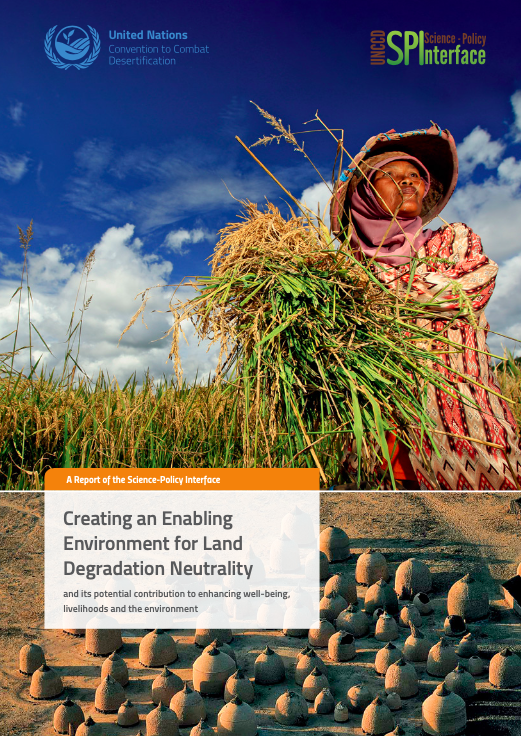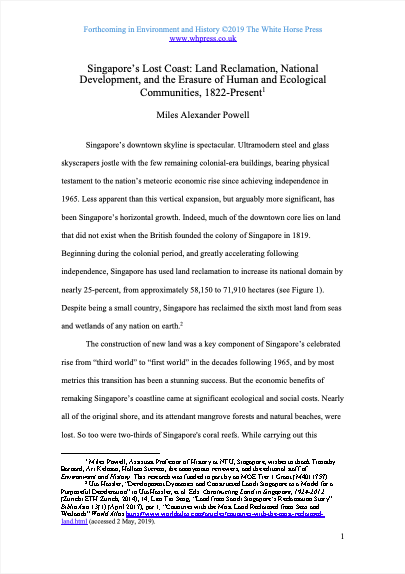Beyond fixes that fail: identifying sustainable improvements to tree seed supply and farmer participation in forest and landscape restoration
Growing evidence suggests that constraints to the availability and quality of tree seed can undermine the success of forest
and landscape restoration efforts and the delivery of associated benefits such as mitigating climate change and halting biodiversity loss.
Past experiences to promote tree seed supply have frequently shown limited outcomes over time, partly because of unexpected, deleterious




